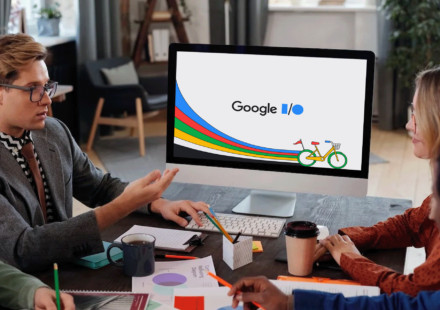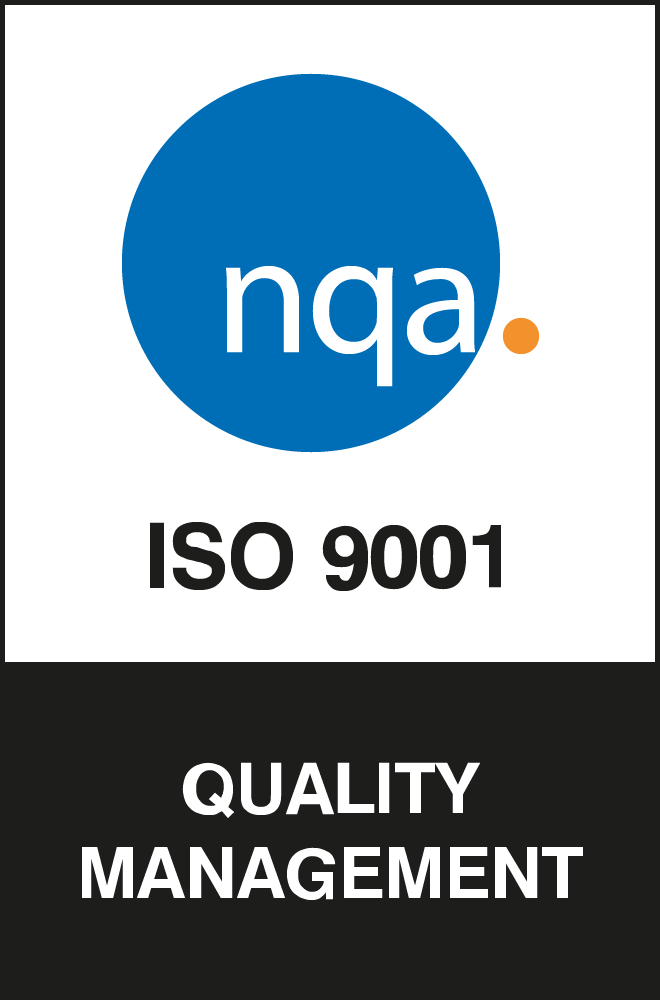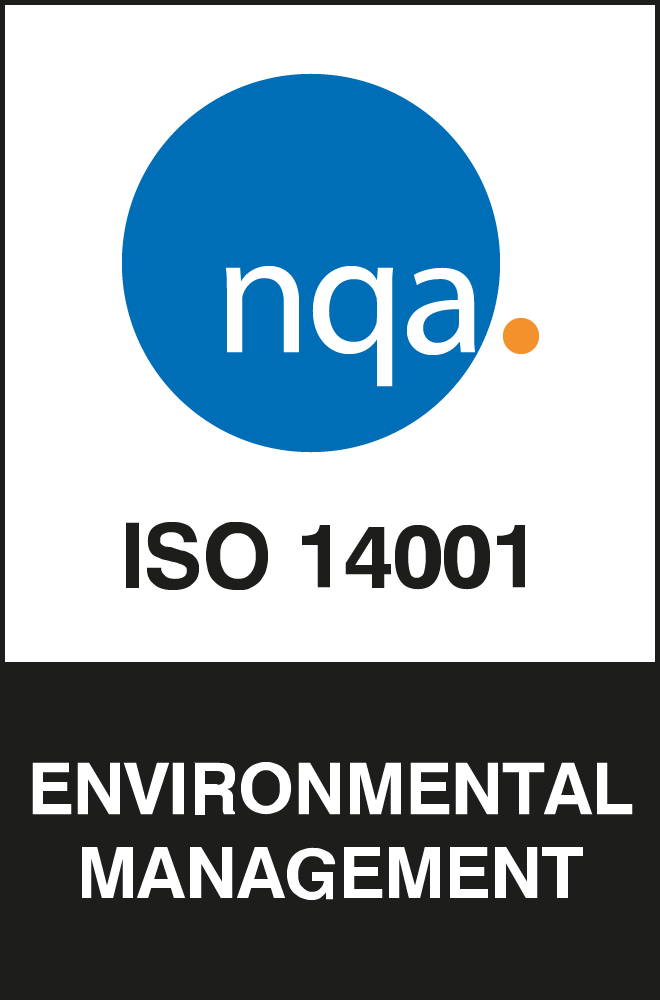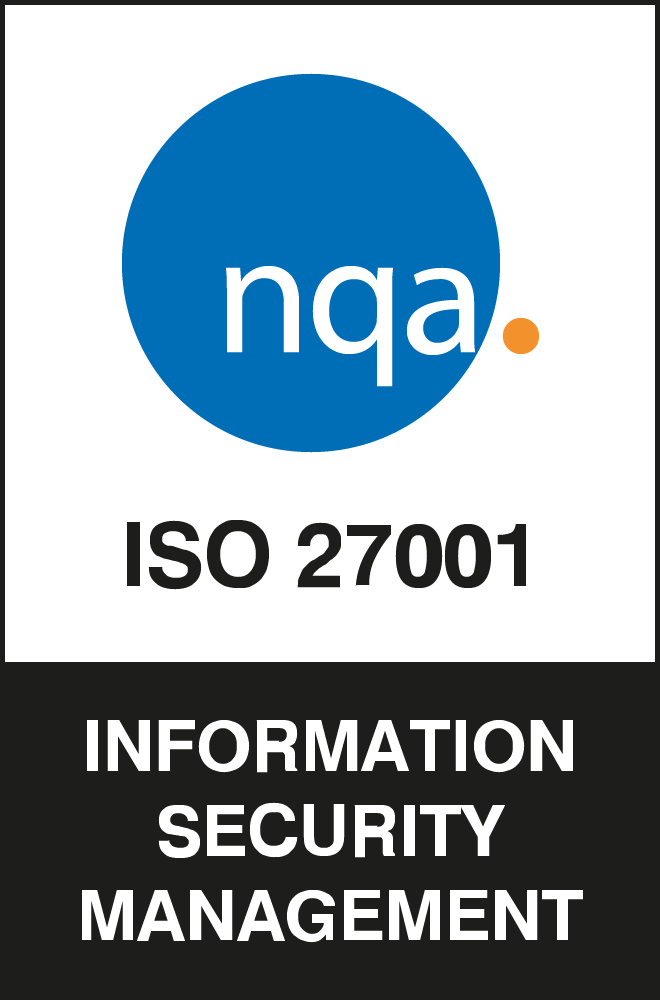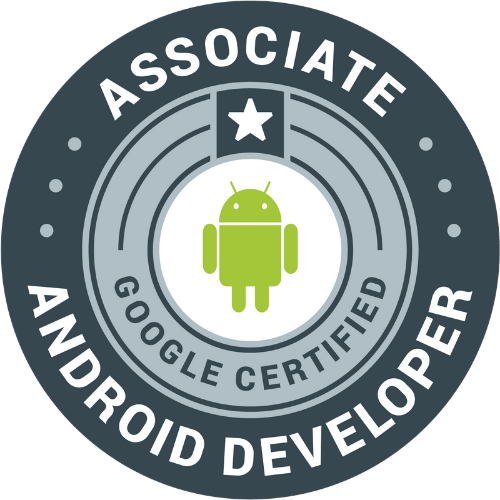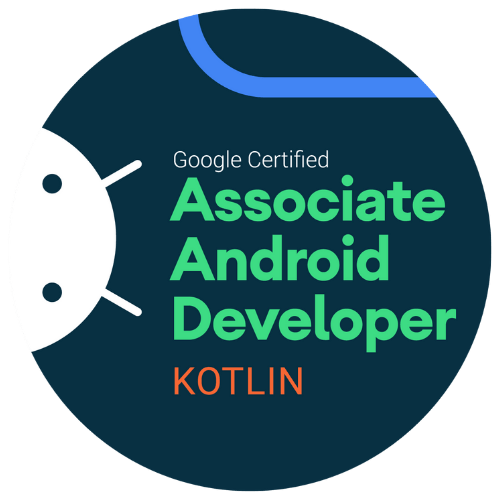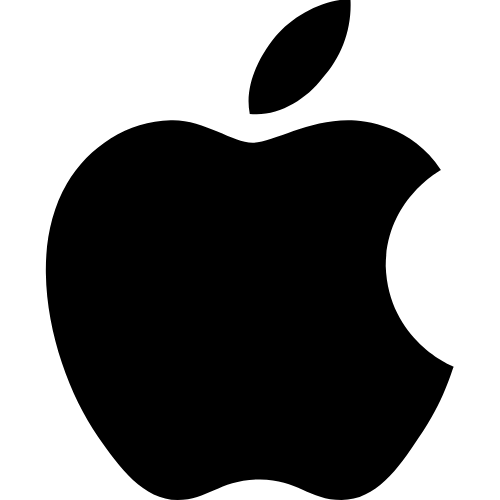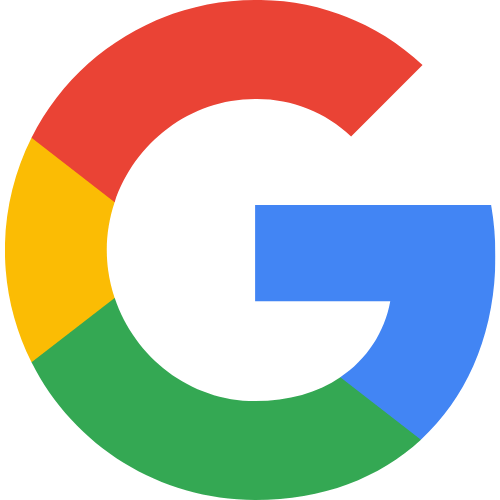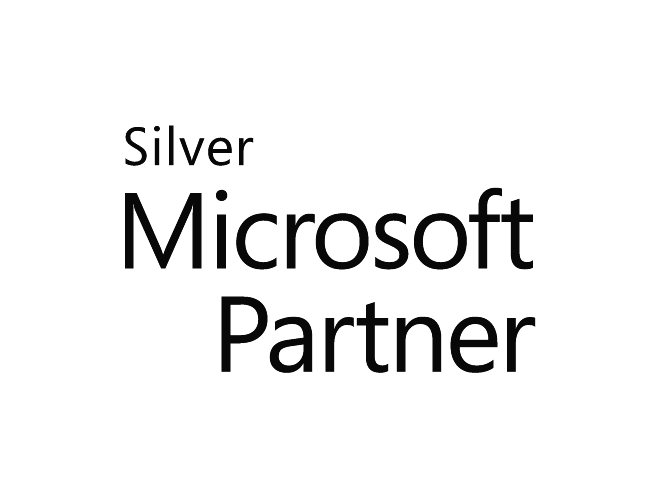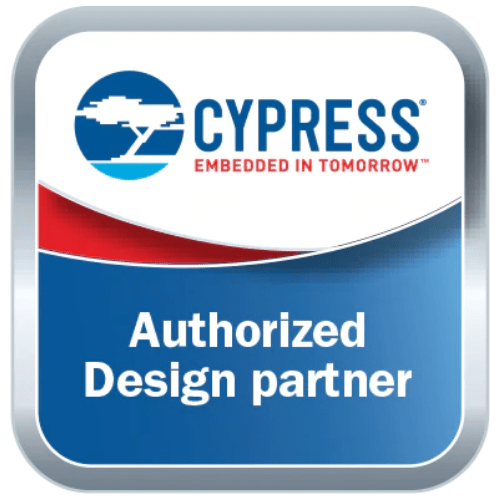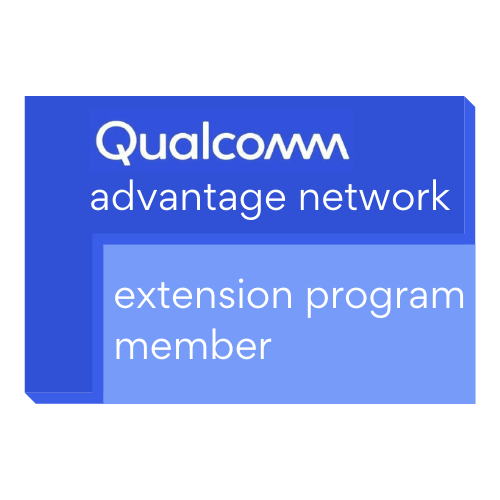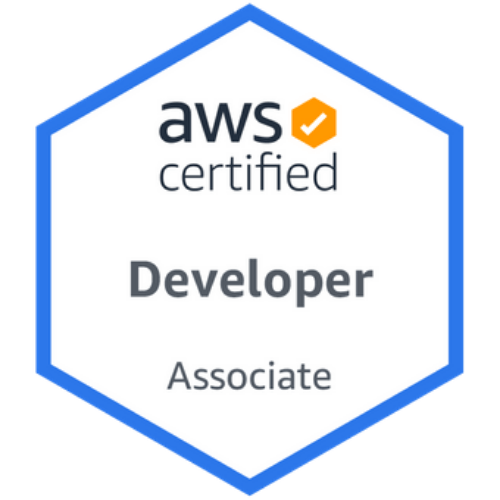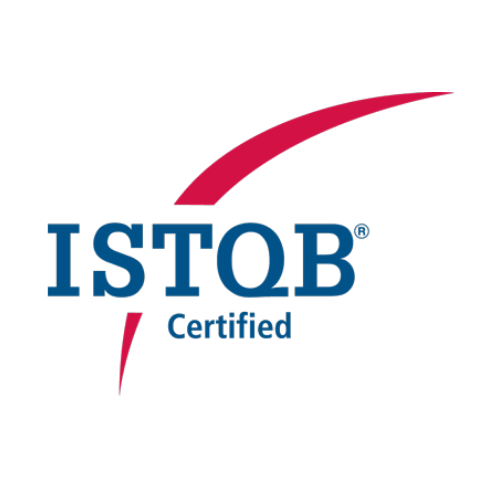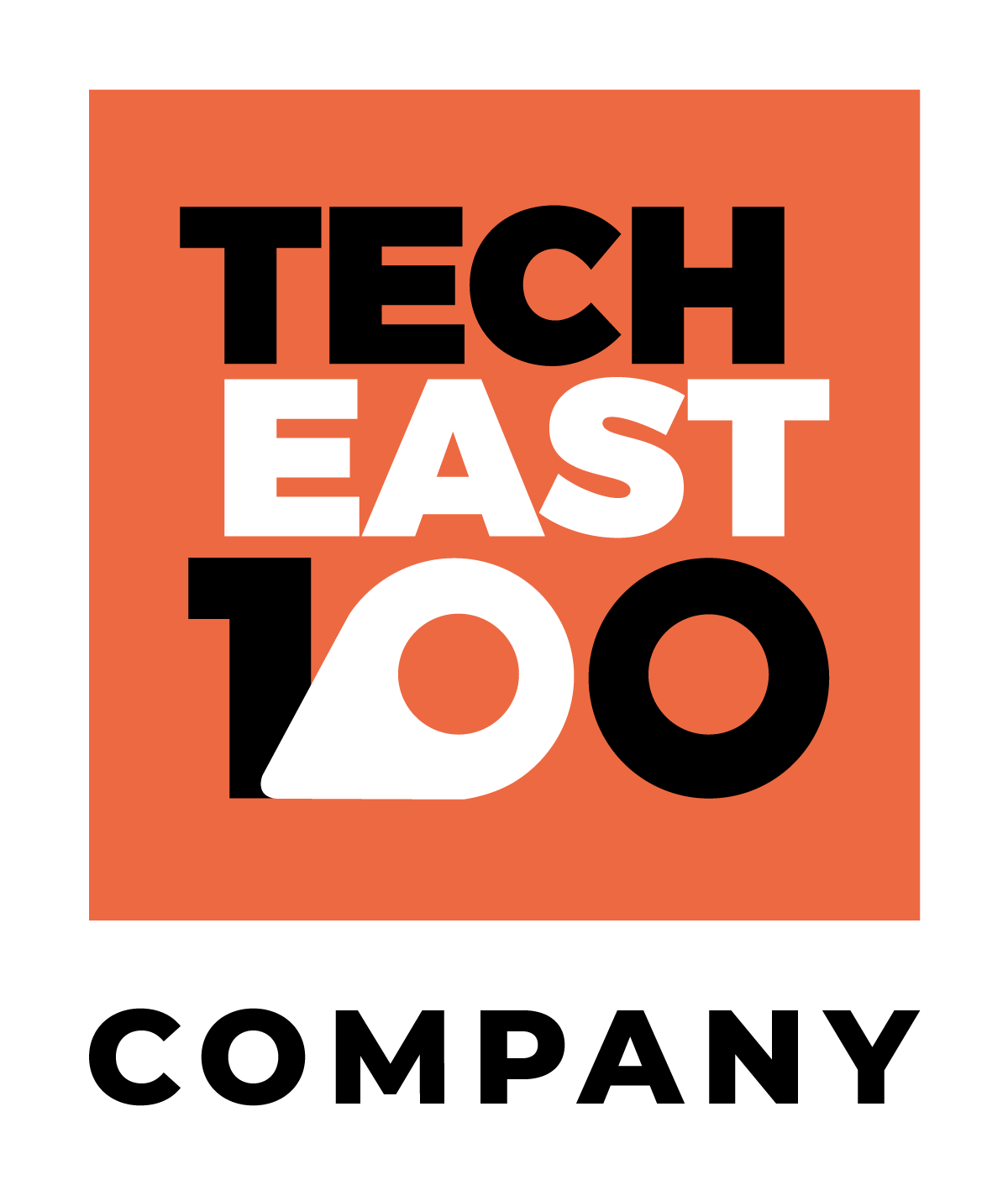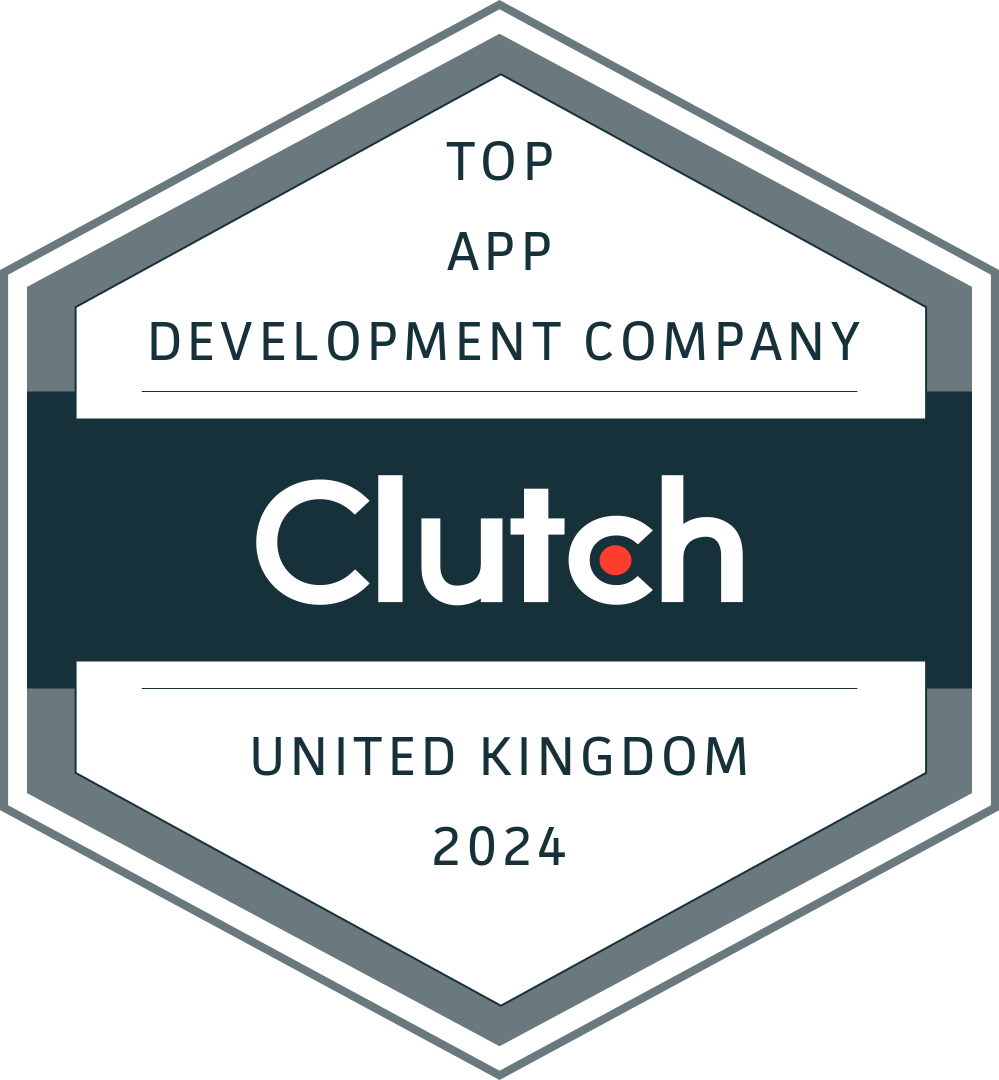Google I/O 2023, Google’s annual developer conference, was a huge event, crammed full of exciting announcements and new features, covering AI, Android, devices, cross-platform development and the web. Here’s a look at some of the most important things that were announced:
It’s All About the AI
AI was front and centre this year. It has always been a part of Google’s suite of products, from machine learning models used in the Android keyboard to improving spelling correction and suggestions and Gmail’s spam filters. For the last few years, the Google I/O keynote has talked about developments in Tensorflow, focusing on how they’re providing a platform to develop and train machine learning models. However, this year marks a considerable shift towards offering consumer-facing AI products.
Google also announced the Android Studio Bot, a new AI-powered assistant designed to be a developers’ coding companion. The Android Studio Bot is a conversational AI that promises to help developers make sense of Google’s extensive and opinionated documentation on Android development by supporting them by writing code snippets and assisting in debugging their apps.
As is often the case, when working with extensive documentation, it can sometimes be difficult to find the answers you’re looking for, and one of Studio Bots’ biggest strengths is its ability to provide developers with an easy way to access information about best practices. It will be interesting to see if the debugging capabilities allow it to compare a codebase against the documentation to spot errors, and only time will tell if it can beat a developer’s trusty rubber duck!
The expanded image search capabilities help to give users the tools needed to allow them to research the sources of images found online. This has been designed to help combat fake news and the rise of generated AI images by allowing them to discover where images first appeared and how they’ve been used on other parts of the web.
The Tools Are Getting Better
As well as ready-made AI products, Google has continued work on various tools for streamlining the training and deployment of custom models. This includes dataset search and additions to TensorFlow and Keras to enable easy fine-tuning of pre-trained models, which can easily be set in Google Colab for training using free compute. Work has continued on TensorFlow lite to enable running AI models on mobile devices. Supporting this is the addition of the TensorFlow model optimisation toolkit, enabling models to be shrunk and optimised for running on mobile and embedded devices. These tools, combined with new and existing ML Kit machine learning tools for mobile, add numerous possibilities to the capability of mobile apps.
To provide a wrap-up of recent changes in ‘Modern Android Development or MAD, Florina Muntenescu took to the stage to share the news of the success of Jetpack compose, the new UI framework for the platform. 24% of the top 1k apps on the platform have already adopted Compose.
Coderus is pleased to be among the Mobile App Development companies who have already made the switch, helping to increase development speed and reduce our defect rate. The development roadmap for compose shows Google is serious about shifting away from the legacy XML view system and serving as a reminder that Kotlin is king within the Android platform, with only 5% of apps still using Java.
Google has signalled that they feel that Kotlin DSL is ready, and it’s now the recommended way to configure Android Builds. So far, Coderus has dipped its toe into the water but will surely use it for all new projects. Kotlin DSL offers a more consistent syntax compared to Groovy. It also means being able to write build scripts in the same language as the codebase.
Material Design 3, the latest version of Google’s open-source design system, also got a few mentioned. With new components continuing to be added to the Jetpack compose libraries. The Android team will continue requesting our UX designers incorporate material design elements into our projects.
It looks like Google has also been improving the Flutter development experience. Powered by Dart, Flutter is Google’s open-source answer to multiplatform development. With the release of Dart 3 and an increased focus on modern development introducing things like abstract data types and structured data, the focus is squarely on providing modern techniques and practises to developers. This, on top of the announced improvements to dev tools and graphics processing improvements for Flutter on the web, suggests that the future of Flutter is bright.
Whilst Coderus has always felt that native development provides the best user experience, it would be remiss to say that keeping one eye on the cross-platform environment and its accessibility has never been more relevant.
That’s just some of the things we’re excited about – without discussing the Pixel Fold, the new tablet, or other exciting projects like Tailwind!



